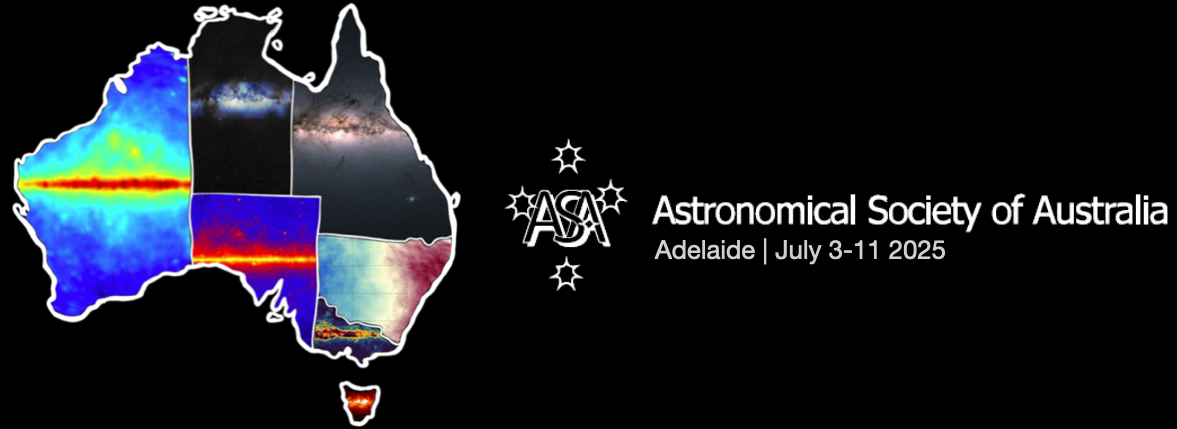Speaker
Description
Ursa Major III/UNIONS 1 (UMa3/U1) is the faintest known Milky Way satellite, with a half-light radius of 3±1 pc and an absolute magnitude
𝑀_𝑉 =+2.2±0.4. Its small size and high velocity dispersion raise the question of whether it is a dark-matter-dominated galaxy or a self-gravitating star cluster. Determining its true nature carries significant cosmological implications: the minimum galaxy size constrains the smallest dark matter halo mass required to initiate star formation, providing critical tests for dark matter theories and placing limits on the mass of the dark matter particle. We present collisional
N-body simulations incorporating stellar evolution, Galactic tidal fields, and realistic binary star populations to model UMa3/U1's dynamical evolution. Our results demonstrate that a dark-matter-free star cluster can survive for several gigayears and reproduce the observed velocity dispersion. These simulations predict strong depletion of low-mass stars in the present-day mass function, while visible mass segregation remains marginal. These findings support the hypothesis that UMa3/U1 may be a dynamically evolved star cluster and highlight the present-day mass function as a promising diagnostic for assessing other faint Milky Way satellites.
This work has been published as: Devlin, S., Baumgardt, H., & Sweet, S. M. (2025). UMa3/U1: Star cluster or the smallest known galaxy? Monthly Notices of the Royal Astronomical Society, 539(3), 2485–2497. https://doi.org/10.1093/mnras/staf572

